We use math, quant traders, to try to know what’s coming next.
It’s not divination but I’m reminded of the bit in the book of Matthew in the bible where Jesus is on the Mount of Olives and the disciples come privately to him saying, “Tell us, when will these things be, and what will be the sign of your coming?”
I say that humorously (the Amazon Prime show called The Chosen is pretty brilliant and the character of Matthew is hilarious – sort of on the spectrum, a rich tax collector, inherently introverted).
We want to know the signs of a turn in the market. At Market Structure EDGE, the signs we use are Broad Sentiment and Short Volume (Demand and Supply in the S&P 500). Context – the cadence and calendar of the market. Divergence, or Demand and Supply in stocks, sectors, portfolios, the market, moving in opposite directions.
And we trade VOLATILITY. (For more on that, join the live Discussion Thursday Jul 17.)
The last time volatility was over 1% in the big ETFs tracking the S&P 500 was June 23. It’s averaging 0.6% since then. At EDGE, we coined The 1-2-3 Rule. ETF trackers of the S&P 500 tend to move 1% from highest to lowest intraday price. The underlying stocks move about 2%. Momentum stocks have 3% or more volatility. One, two, three.
The interplay among those driven by Jane Street and Citadel and Susquehanna (as archetypes for high-speed arbitragers setting most prices, driving half the market’s volume) give us a reliable way to consistently take profits.
Lack of volatility is the only threat to an arbitrage strategy. Why? Because arbitrage is about buying and selling at different prices (it’s the basis of the Jane Street matter in India – where Jane Street just put up $587 million to satisfy regulators there, so it can return to trading. I wrote about it last week).
If prices all move the same way, you can’t find the arbitrage return. And then arbitragers quit and the market suddenly shakes.
The same thing happened in February this year. After a spate of volatility in December, the arbitrage spreads in the market were consumed by Fast Traders.
Now, just because something occurred in the past doesn’t mean it’ll repeat. But the mechanics of the market have not changed. The participants have not changed. The motivation and principal purpose of the market – the pursuit of arbitrage spreads – has not changed.
By the way, none of this is a reflection of economic, geopolitical or other factors. It’s about mechanics. Market structure.
Yesterday (Jul 14), ETF S&P 500 tracker volatility was 0.5%. Half the volatility is 0.25%. If the market is inflecting – hitting a top or bottom – I often will go long or short any total move of intraday volatility.
Let’s sum up:
Broad Sentiment, the EDGE measure of overall Demand and Supply, is 6.8 and ticking down – falling slow not fast – and Supply is leaking higher. That’s a product of the absence of volatility. Slow moves. And since June 23, S&P 500 stocks have closed above the average intraday price a staggering 75% of the time. Well, how can buying outstrip selling 3-to-1 sustainably?
Options expire July 16-18. Earnings are accelerating. That’s context. It can alter outcomes. Stocks TEND to inflect at expirations.
Finally, there’s Divergence, with eight stocks in the EDGE Momentum Daily Trading Ideas portfolio. And there are 131 stocks with $100 billion or more of market cap. In January it was 115. The big keep getting bigger.
Over-reliance on the few is awesome on the way up – it propels everything higher. And it’s terrible on the way down. I’m not saying that’s coming. I’m saying it’s possible.
PS – Join us Thursday Jul 17 for the live Discussion and we’ll see what’s unfolding.
Disclosure: Interactive Brokers Third Party
Information posted on IBKR Campus that is provided by third-parties does NOT constitute a recommendation that you should contract for the services of that third party. Third-party participants who contribute to IBKR Campus are independent of Interactive Brokers and Interactive Brokers does not make any representations or warranties concerning the services offered, their past or future performance, or the accuracy of the information provided by the third party. Past performance is no guarantee of future results.
This material is from Market Structure EDGE and is being posted with its permission. The views expressed in this material are solely those of the author and/or Market Structure EDGE and Interactive Brokers is not endorsing or recommending any investment or trading discussed in the material. This material is not and should not be construed as an offer to buy or sell any security. It should not be construed as research or investment advice or a recommendation to buy, sell or hold any security or commodity. This material does not and is not intended to take into account the particular financial conditions, investment objectives or requirements of individual customers. Before acting on this material, you should consider whether it is suitable for your particular circumstances and, as necessary, seek professional advice.
Disclosure: Options Trading
Options involve risk and are not suitable for all investors. For information on the uses and risks of options, you can obtain a copy of the Options Clearing Corporation risk disclosure document titled Characteristics and Risks of Standardized Options by going to the following link ibkr.com/occ. Multiple leg strategies, including spreads, will incur multiple transaction costs.
Disclosure: ETFs
Any discussion or mention of an ETF is not to be construed as recommendation, promotion or solicitation. All investors should review and consider associated investment risks, charges and expenses of the investment company or fund prior to investing. Before acting on this material, you should consider whether it is suitable for your particular circumstances and, as necessary, seek professional advice.
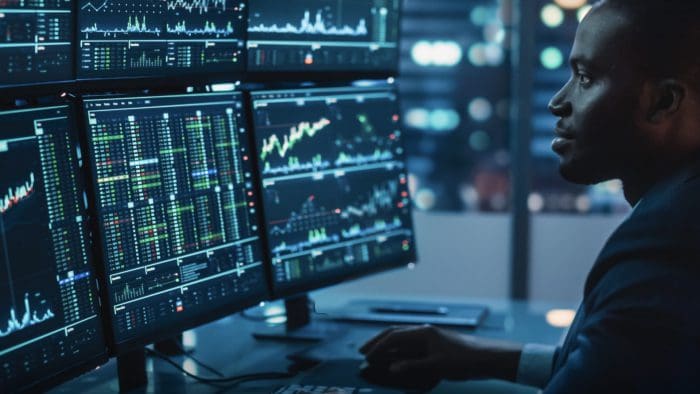
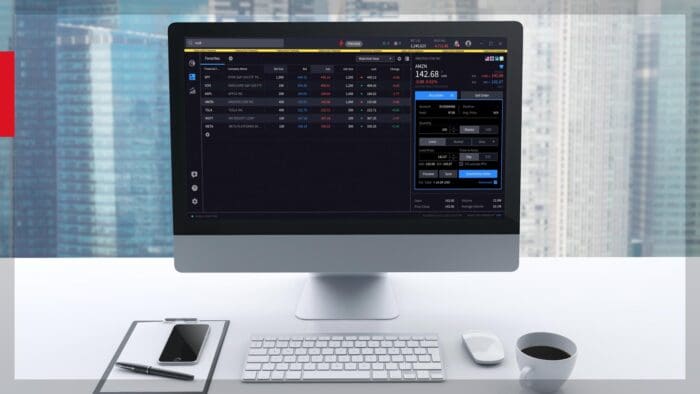




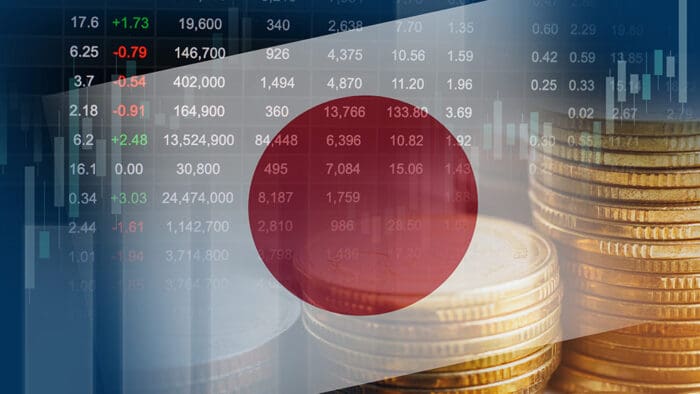
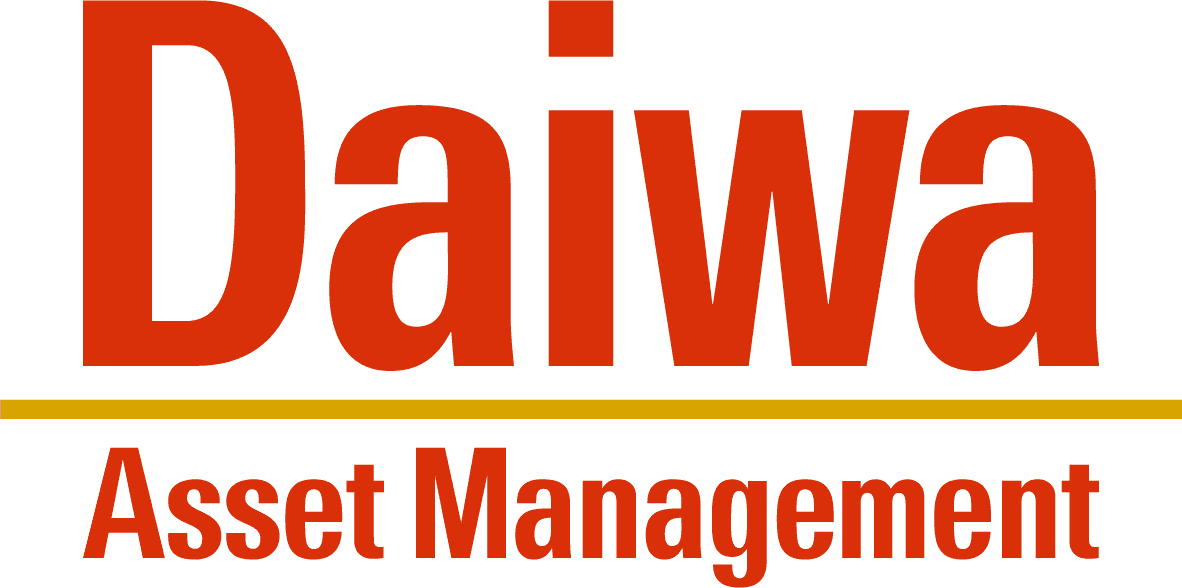
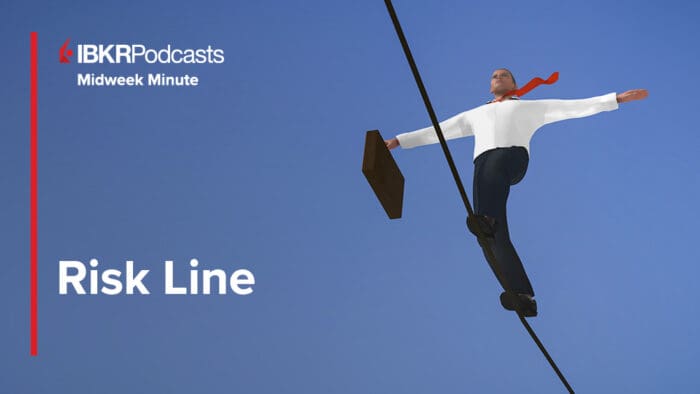
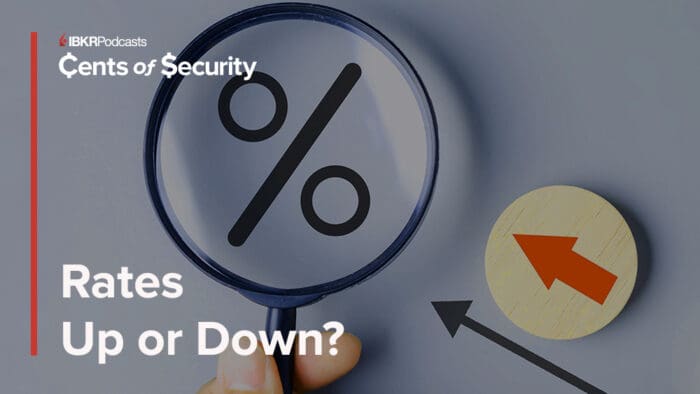




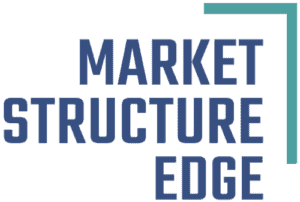
Join The Conversation
For specific platform feedback and suggestions, please submit it directly to our team using these instructions.
If you have an account-specific question or concern, please reach out to Client Services.
We encourage you to look through our FAQs before posting. Your question may already be covered!